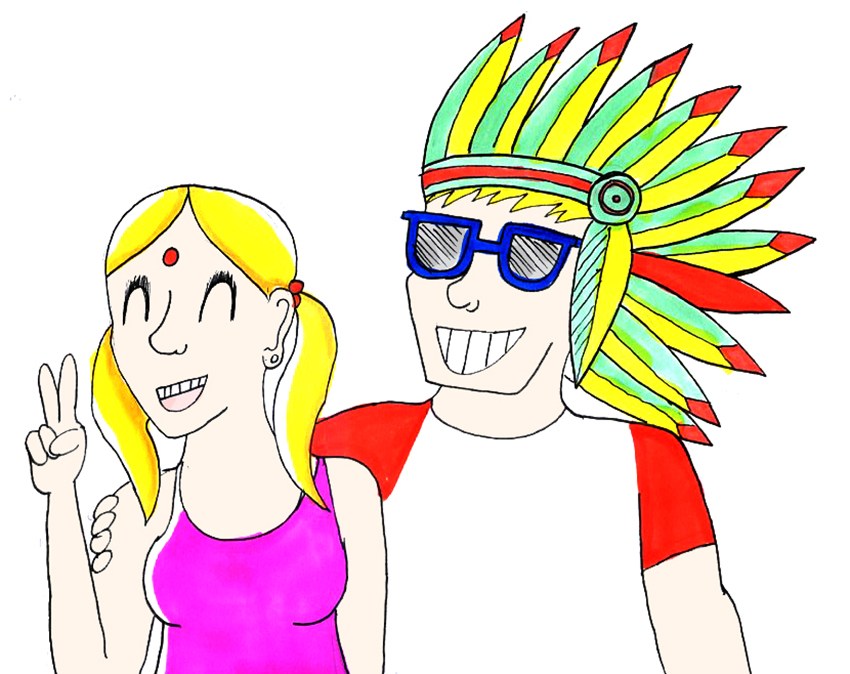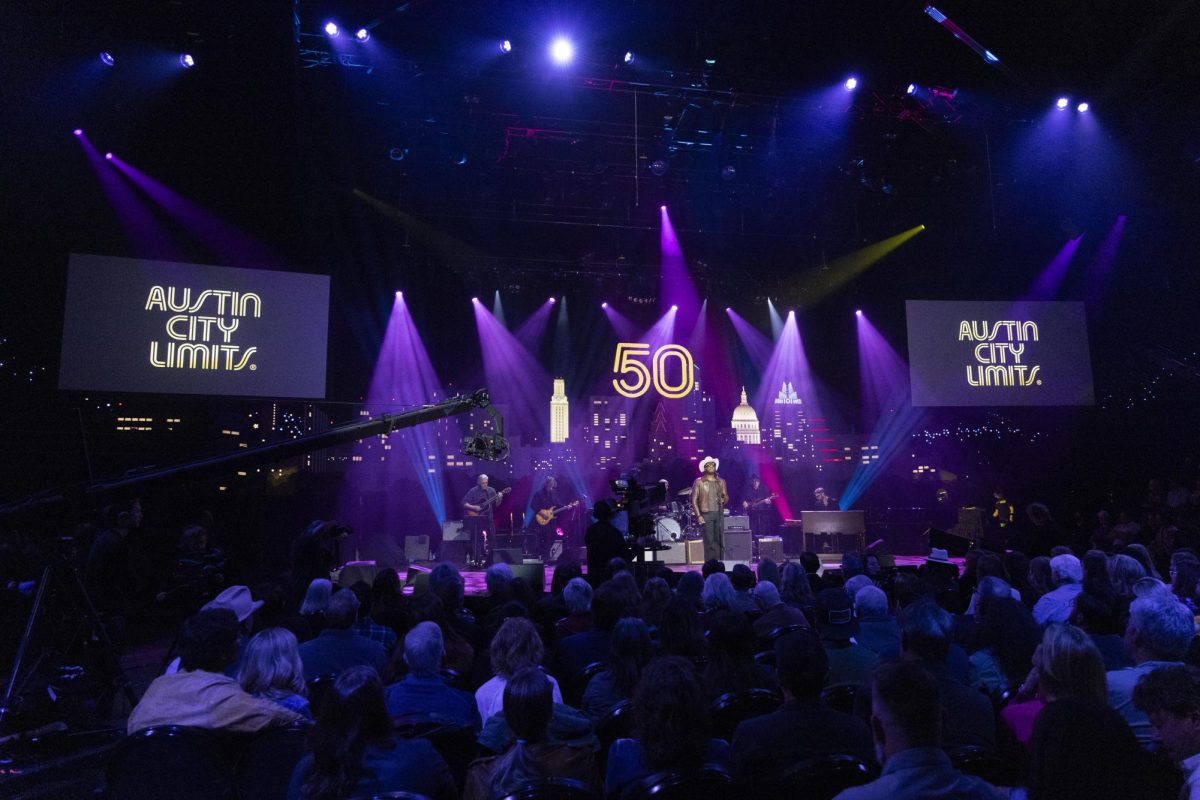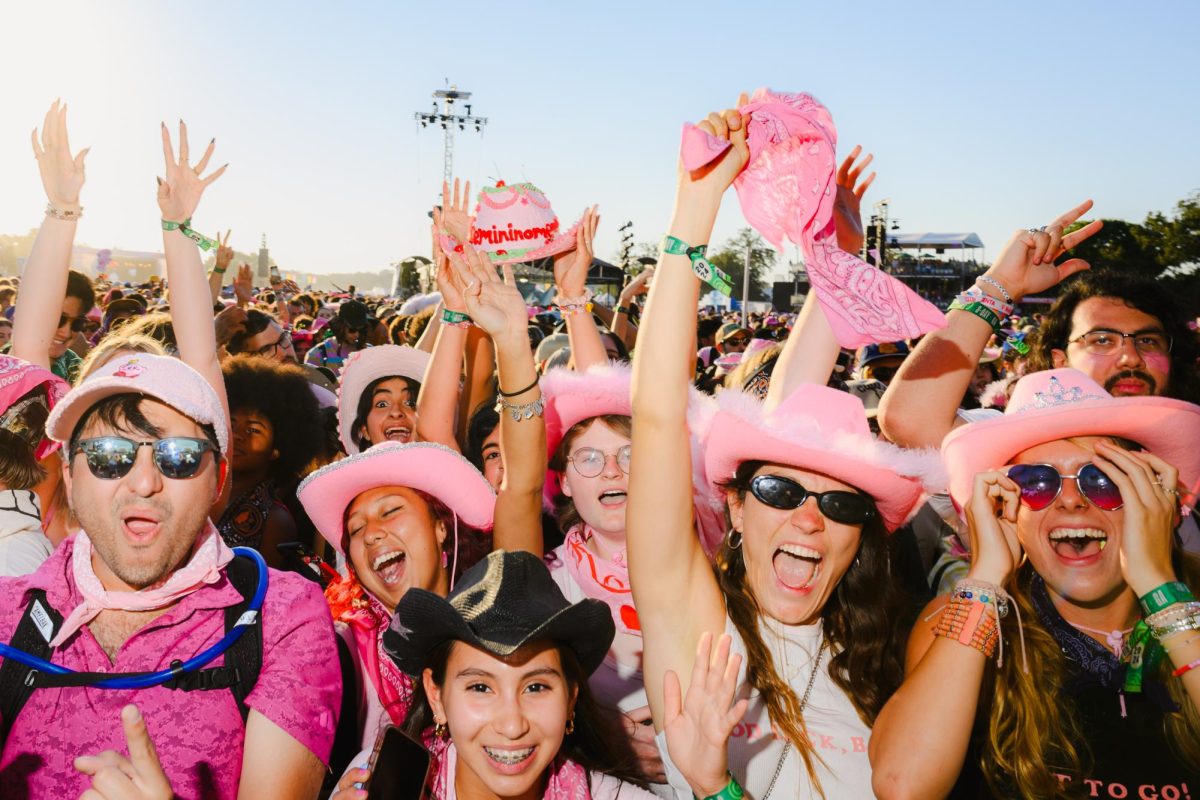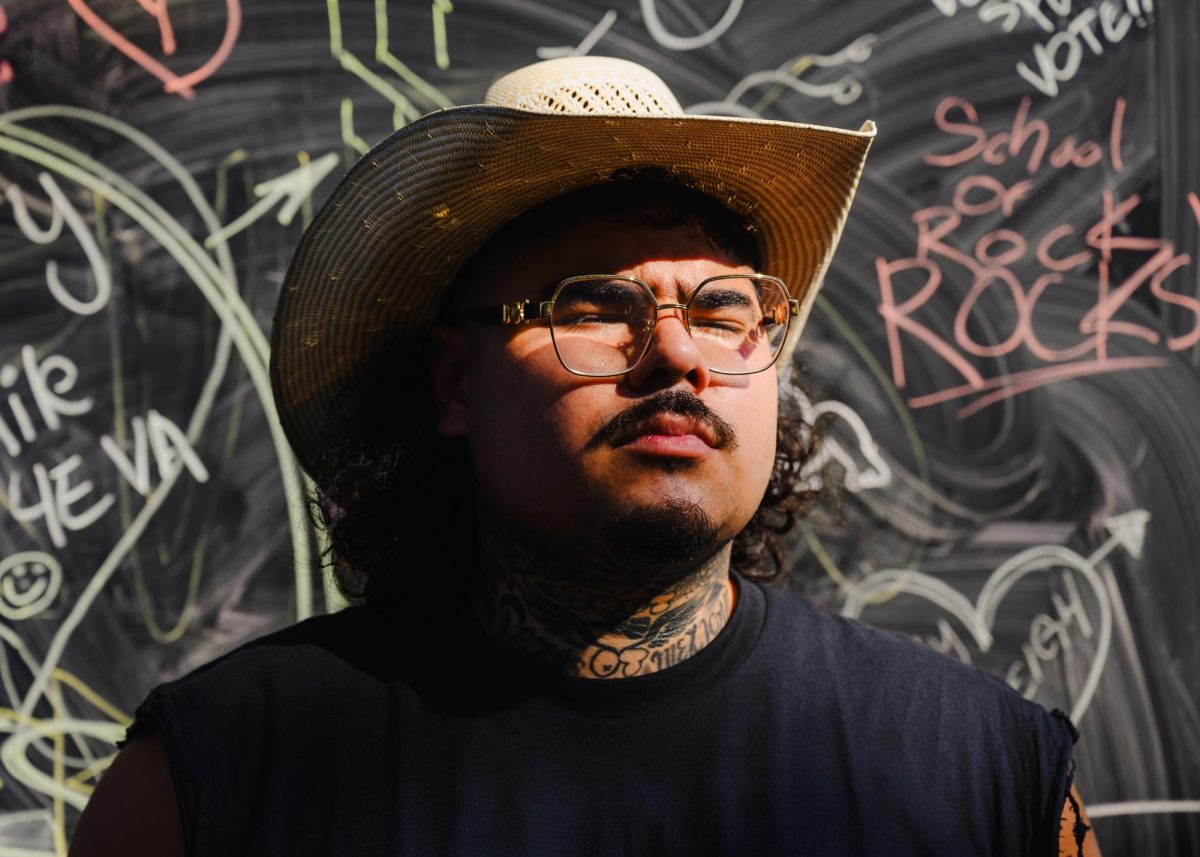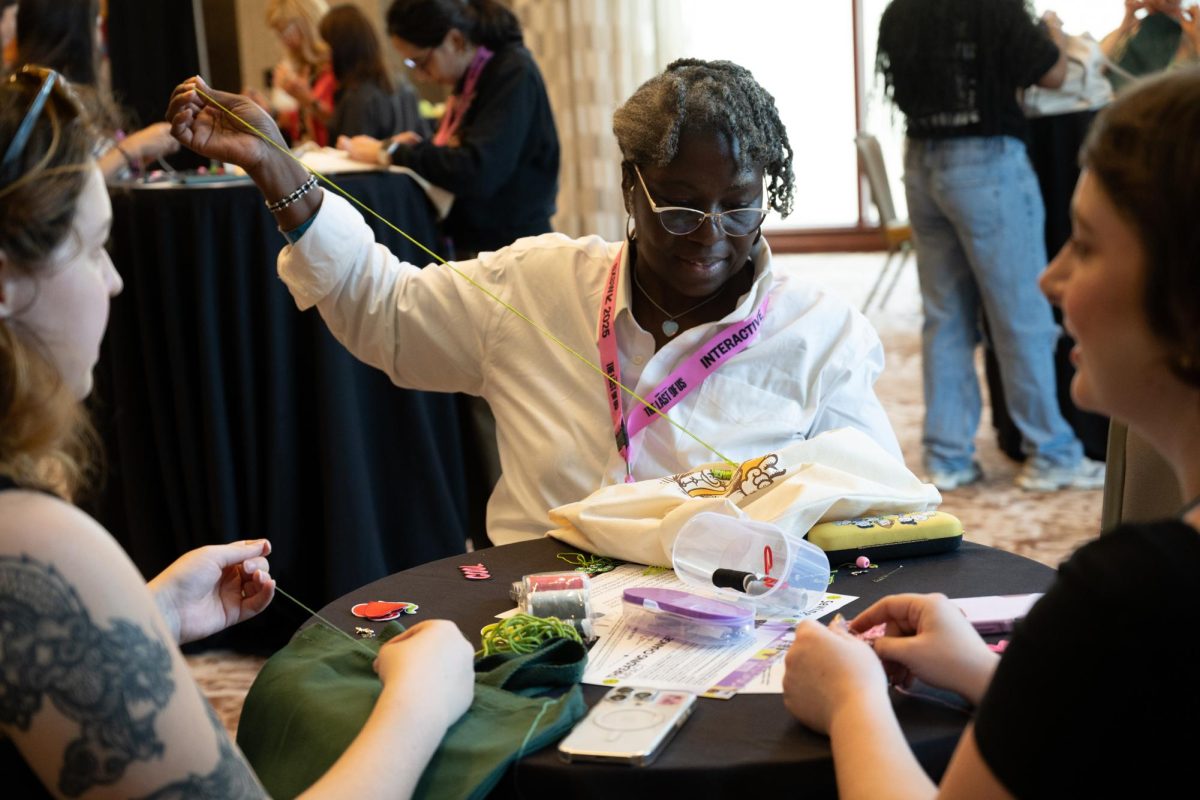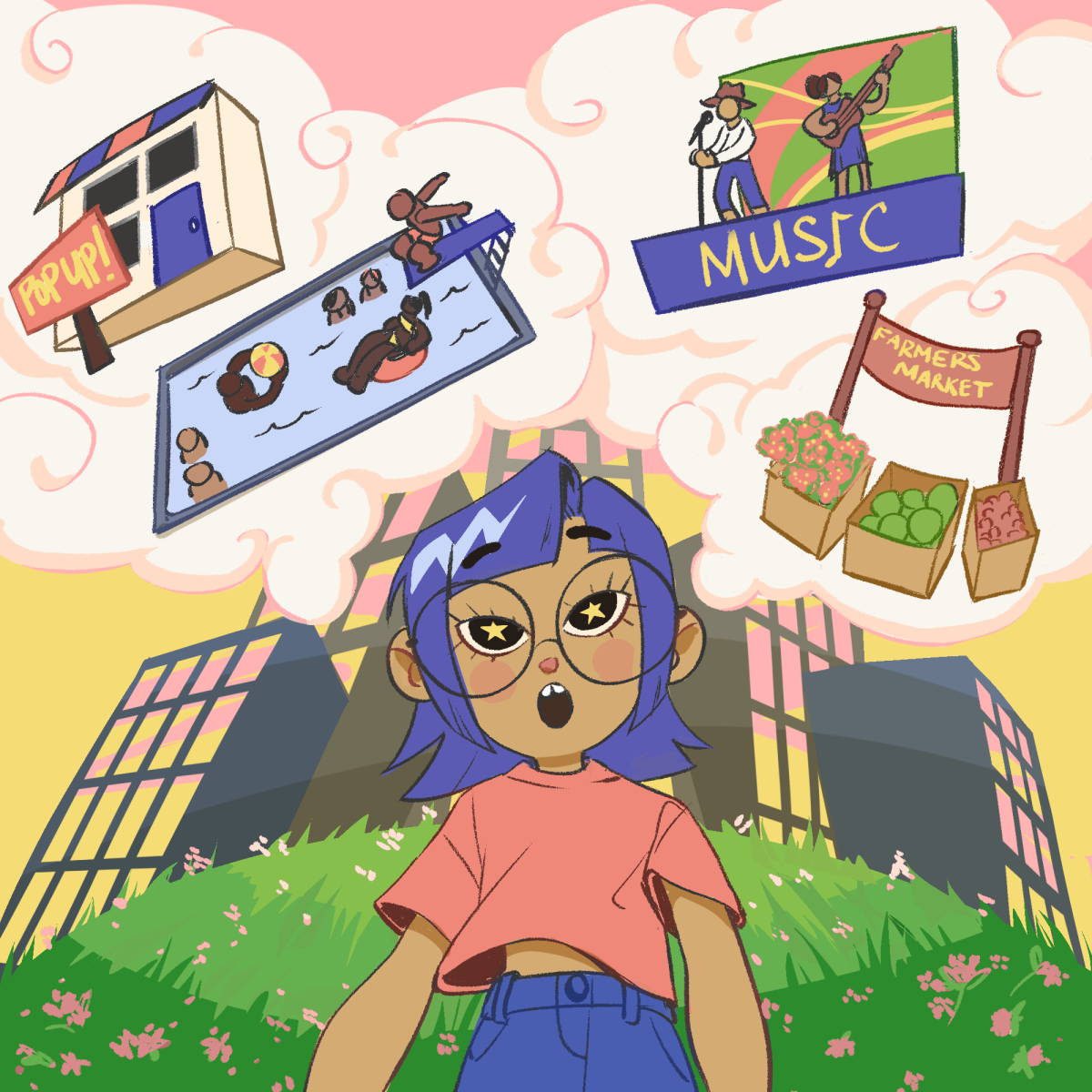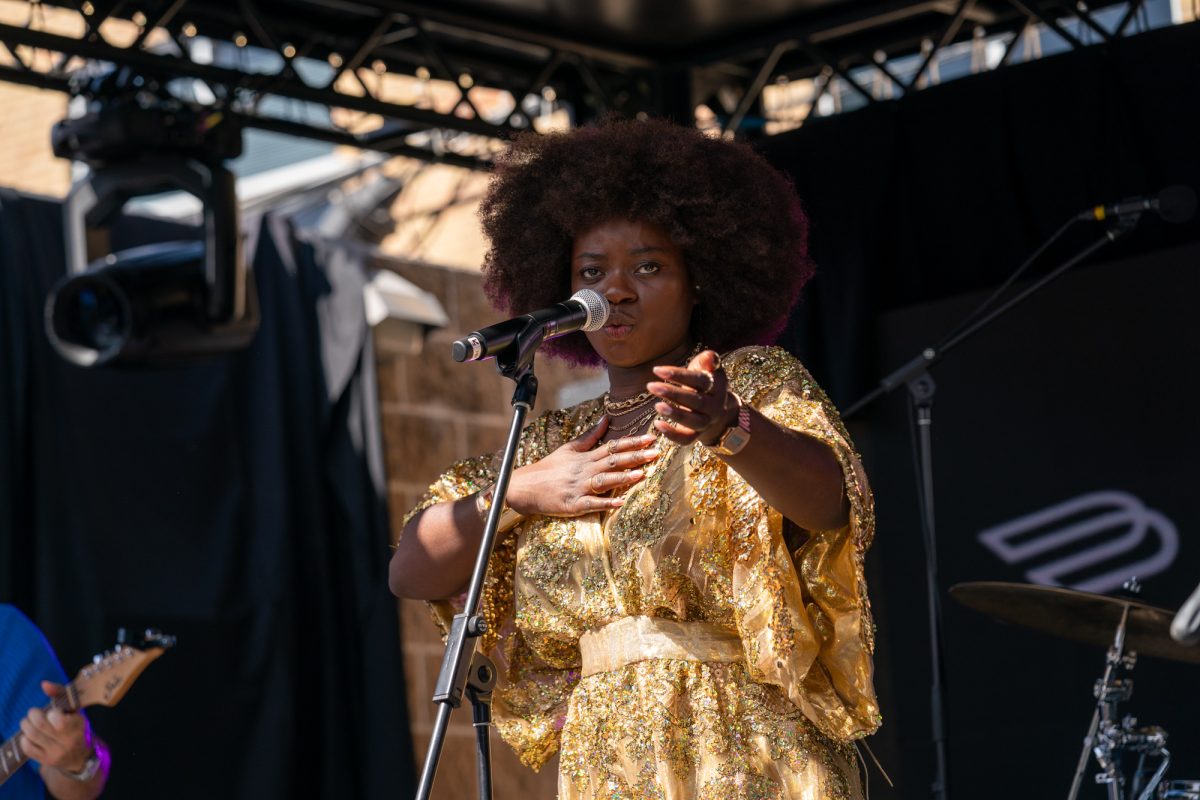It’s not uncommon to see things such as cornrows, kimonos and bindis at Austin City Limits Music Festival. But for some students, seeing these fashion accessories is deeply unsettling.
Cultural appropriation occurs when members of a majority group adopt culturally significant elements of a marginalized people. These items are often distorted or taken out of their original context, such as when non-Native Americans don headdresses at music festivals.
English senior Arati Warrier said there are appropriate times to wear cultural garb that doesn’t belong to your ethnic group, but a concert is not one of them.
“If you’re invited to a South Asian wedding or something, I think it would be perfectly respectful to don a sari,” Warrier said. “So that’s the thing: There are ways to wear and use symbols from another
culture respectfully.”
Warrier said cultures should not be treated as costumes since it reinforces a powerful history of colonial aggression.
“It’s not usual that people try to go out of their way to be malicious,” Warrier said. “They just see something they think is cool or pretty and think, ‘Why shouldn’t I have access to that thing?’ But at its worst, [doing so] silences marginalized groups, reenacts colonial violence, fuels stereotypes and continues the supremacy of the dominant culture.”
Pai Liu, economics junior and officer of the Asian Desi Pacific Islander American Collective, said seeing culturally appropriative things at ACL, such as cornrows, was both irksome and ironic.
“There’s a deep cultural history behind [cornrows], but suddenly Kylie Jenner starts wearing it, and it’s cool because she did it, and it’s suddenly trendy,” Liu said. “Like it’s only cool on her because she’s white or something?”
Yanusha Yogarajah, management junior and co-founder of the #unfairandlovely social media movement, is Sri-Lankan-Candian. She said it is painful for her to see accessories such as bindis or saris being used as festival gear.
“My family and a lot of South Asian people have had to sacrifice pieces of their culture in order to just find peace with their existence here,” Yogarajah said. “These are symbols they held dear to their heart, dear to their identity. To see people outside of our cultural group grab them at their own leisure doesn’t recognize or respect the experiences they’ve gone through.”
While some people may argue that they’re admiring or paying respect to the cultures they’re taking from, La’kayla Wiliiams, a women’s and gender studies graduate student, said the issue is far more complex and something she faces everyday. She said it’s upsetting when she sees non-black peers wearing dreadlocks or dashiki on a campus where black students make up less than 4 percent of the student body.
“When you see them, you think that their whiteness will protect them,” Williams said. “But I feel extremely uncomfortable doing the same things. I feel uncomfortable wearing my natural hair, and this is how my hair grows out of my head. It completely undermines your identity, your existence. It causes a lot of trauma and damage. Like the things that I come up with are valuable and can be used for commodification, but my actual body isn’t [valuable].”

